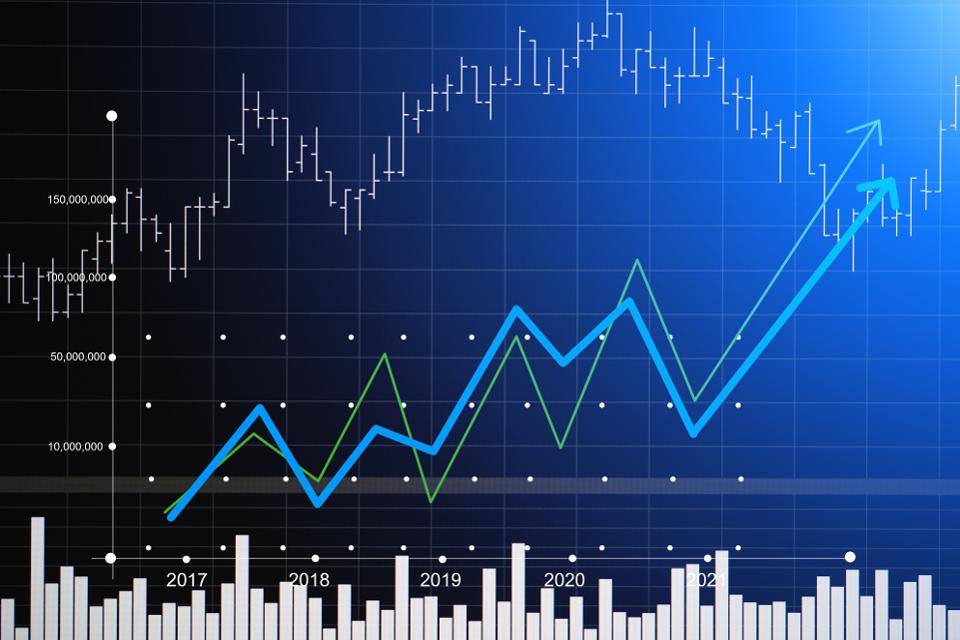19 May 2020 shared on the Vanguard website and article written by Robin Bowerman.
Indexing has fundamentally changed the way individual investors can access investment markets.
ETFs particularly have been steadily gaining in popularity in the past decade and as a result have been in the spotlight during the current COVID-19 pandemic.
Despite unprecedented market volatility in recent months, the Australian ETF market experienced its third strongest quarter on record, with a total of $3.8 billion in new inflows.
Vanguard Australian Shares Index ETF (VAS) (which tracks the return of the Australian Securities Exchange 300) itself attracted $752 million in the first three months of the year, extending its position as the most popular product in the Australian ETF market.
But now the initial COVID-19 shock has passed through markets, investors might be wondering if buying the index is still a sound strategy when certain sectors are being impacted more than others.
Will these sectors drag down your returns? Are you better off investing only in the companies that are currently higher performers?


Indexes evolve as markets do
Perhaps an interesting fact to begin this assessment is that since the S&P 500 began over 60 years ago, only 60 of its original members remain.
According to consulting firm Innosight, at the current rate at which companies are being included or excluded from the index, about half of S&P 500 companies will be replaced over the next 10 years.
This indicates two things: If market conditions disallow an index constituent to meet the criteria for inclusion on an ongoing basis (be that market capitalisation or minimum liquidity or other reason), then its inclusion in the index is reviewed.
It also suggests that had you been invested in an indexed product for this whole time, your portfolio would have materially changed as the economy and markets changed to reflect shifts as certain industries and business models waxed and waned.
Investing in the index ensures your portfolio mirrors the major changes in an economy over time.
While you might anticipate the “winners” and “losers” in the short run, it’s much more difficult to maintain this in the long run.
Diversification
During times of market corrections or times of volatility you will often hear that this is not the time to be investing in index funds, the answer is the active stock picking approach.
In many ways that is the wrong question.
It is not a matter of either indexing or active investing. Both approaches are legitimate pathways.
The question investors should be asking themselves – and their advisers – is what is the right combination of indexing and active for my portfolio and risk appetite?
Indexing offers you a low cost way to own and capture the return of the entire market – or a segment of it.
Active management allows you to express a view on what companies or segments you think will outperform the market over time.
By combining both in what is often referred to as a core-satellite approach you can have the best of both worlds.
Contact
Get In Touch
We are available to chat just give us a call on 0434 955 417 or 0411 472 213
If you prefer to send an email question/query through the best address is info@peakwm.com.au or simply fill out your name, email address and a short message including your phone number will get back to quickly.

